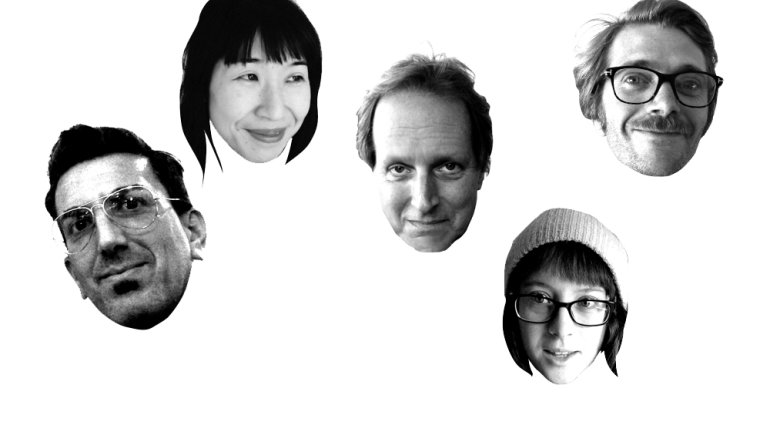What Was a Turning Point in Your Career?
What Was a Turning Point in Your Career?
After working for 12 years as a home furnishings buyer deluged with paperwork and endless corporate meetings, I realized a career change was needed. Luckily, work had taken me across Asia, where I became aware of the need for Western artisans to develop craft [items] for growing export markets. A call in 2004 from a Thai official asking me to lead design workshops there became the turning point, as it enabled me to pick up and move. Nearly a decade later I’m (thankfully) still here splitting my time between Bangkok and Chiang Mai, crafting works in wood, ceramic, paper, and fabric. ~Craig Anczelowitz, Chiang Mai, Thailand
There were two formative moments for me. First, I stopped working in tech to learn to make jewelry. That opened up a whole new world for me, and an entirely new set of peers, friends, and rituals. The more I learned about other makers, the more I wanted to share their processes and products with the world, and I opened my store Rare Device to feature their work. The second change happened seven years later, after I sold my store. I knew I wanted to continue helping people get more out of their business, so I began Makeshift Society, a co-working space for makers and freelancers that is a community hub for those who traditionally work alone in a studio or at home. We have two locations now, and I couldn’t be happier. ~Rena Tom, founder of Makeshift Society, San Francisco
In my life, turning points are like beads on a string. In the late 1980s, I was collecting the work of Howard Finster, who told me he had a vision from God that I was supposed to be selling art. While thinking it over, I drove by a gallery that was going out of business; I went in and spoke to the owner, who was more than happy to have me as a partner, so I quit my restaurant job and started exhibiting outsider art. I made every business mistake possible and called it quits two years later. Then, del Mano Gallery offered me a job. Ten years later, I was the gallery’s creative director, had co-authored three books, curated numerous exhibitions, and travelled to art expos across the country. But I was growing restless. From there, I curated an exhibition at LAX, then my first museum exhibition at CAFAM, which ultimately led to my position as director of the Beatrice Wood Center for the Arts in Ojai, California – one of the most beautiful places on the planet. ~Kevin Wallace, director, Beatrice Wood Center for the Arts, Ojai, CA
When I left for college I was going to be a “real artist.” At the time, I thought that was limited to two dimensions: painting, photography, etc. Finding the fibers department at MICA [Maryland Institute College of Art] changed my entire perspective. Here was a space that celebrated a women-centric history and traditional handmaking. The department provided me the technical skills that have afforded me a living and introduced me to the concept of sculptural metaphor. It’s how I became the artist I am today. ~Nora Renick-Rinehart, freelance/teaching artist, Chicago
Maybe it’s related to my medium . . . I look back on the past decade and it seems like nothing but turning points, massive 180-degree shifts, rushing off only to return, building up some support structure, making a pattern which only becomes clear when I step back and look it over. Moving to Berlin in 2009 was a critical step; it took my career in a very positive direction for many reasons, particularly since I brought no loom and was forced to build one. Now I make them all the time and my loom plans are used all over the world! Bringing my practice to the receptive and well-funded cultural organizations of Europe was good, too. Now I’m back in California and looking forward to the next big turn. ~Travis Meinolf, weaver, Oakland, CA

